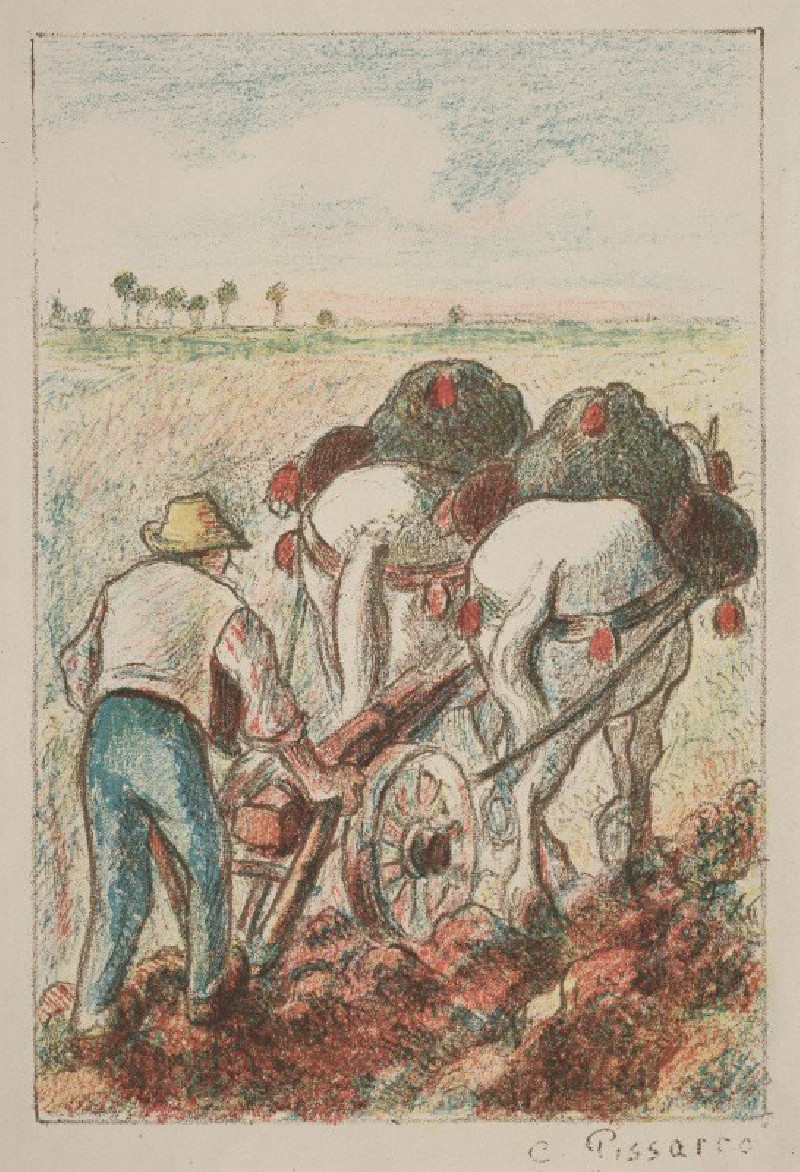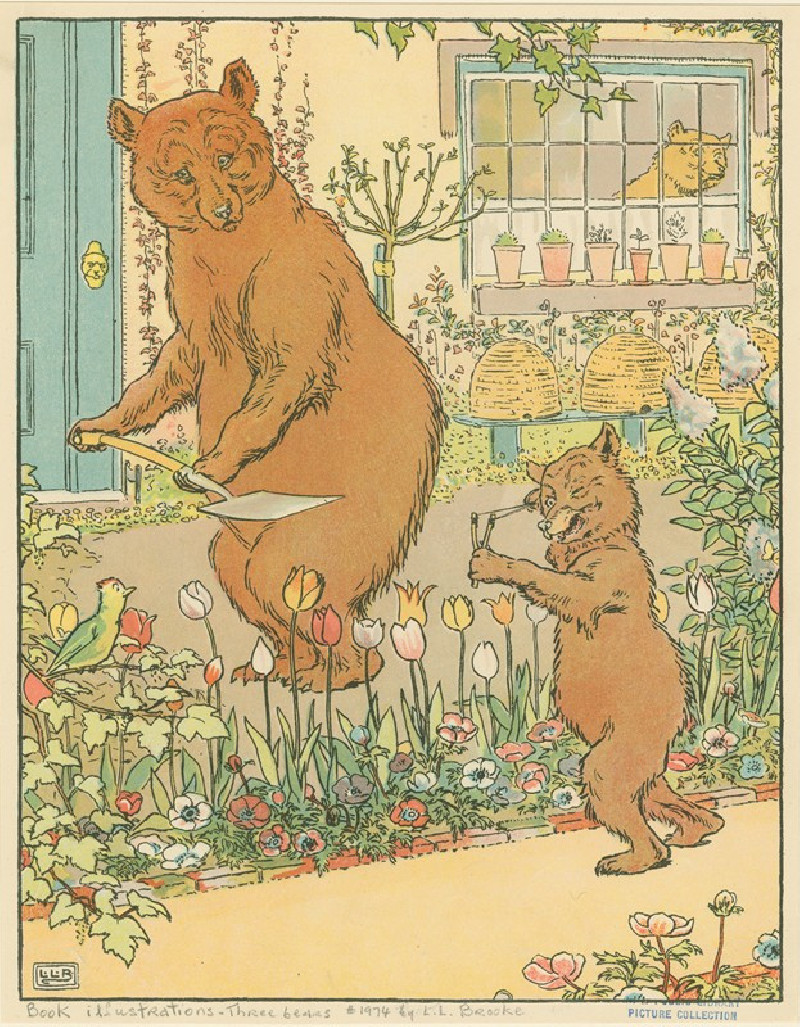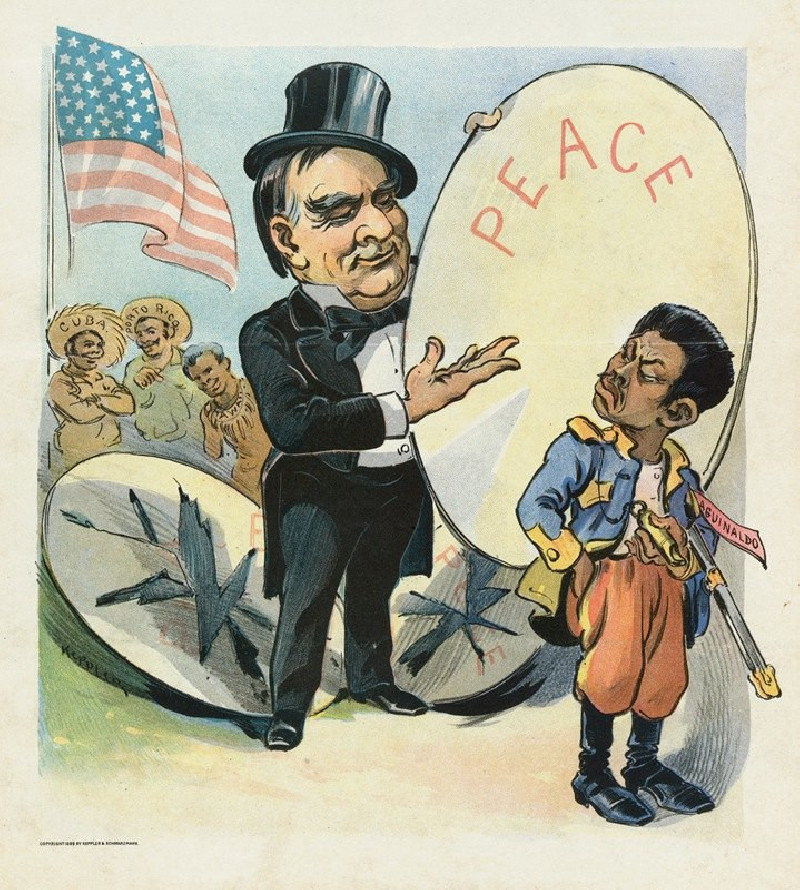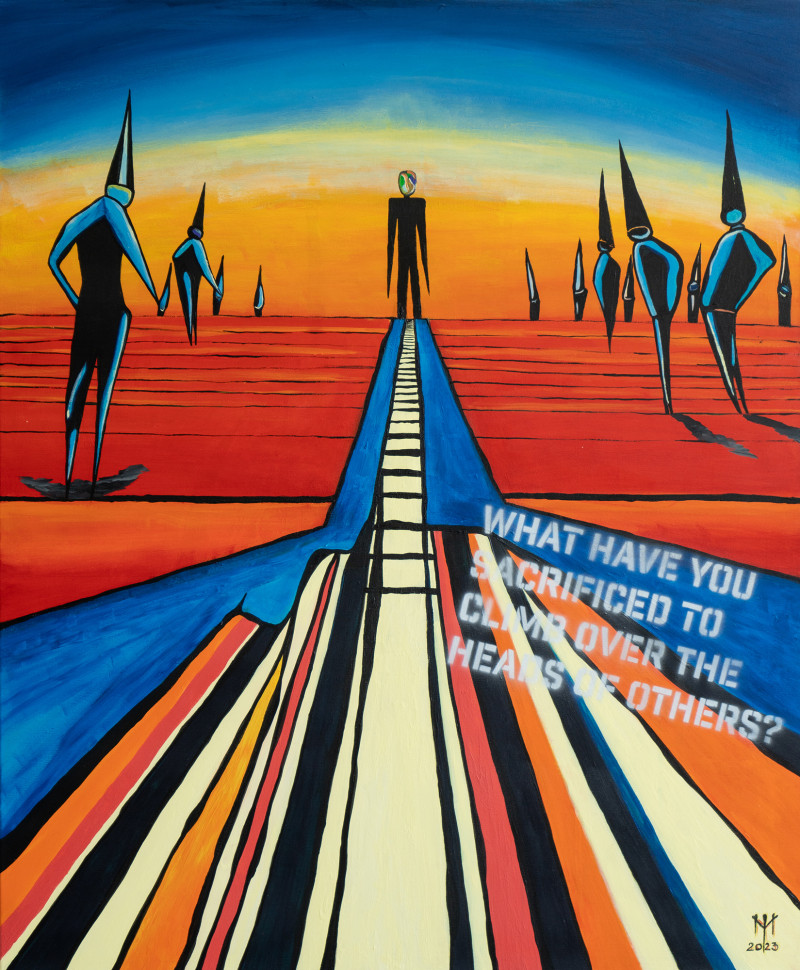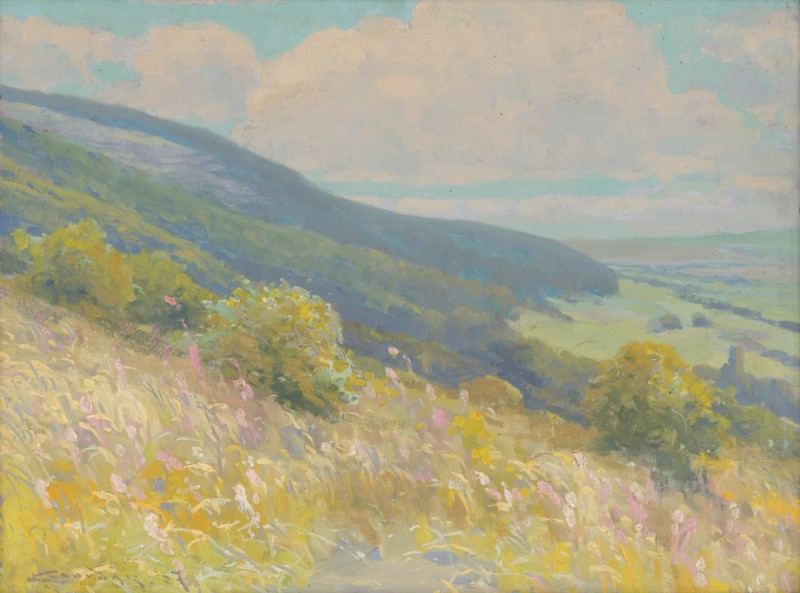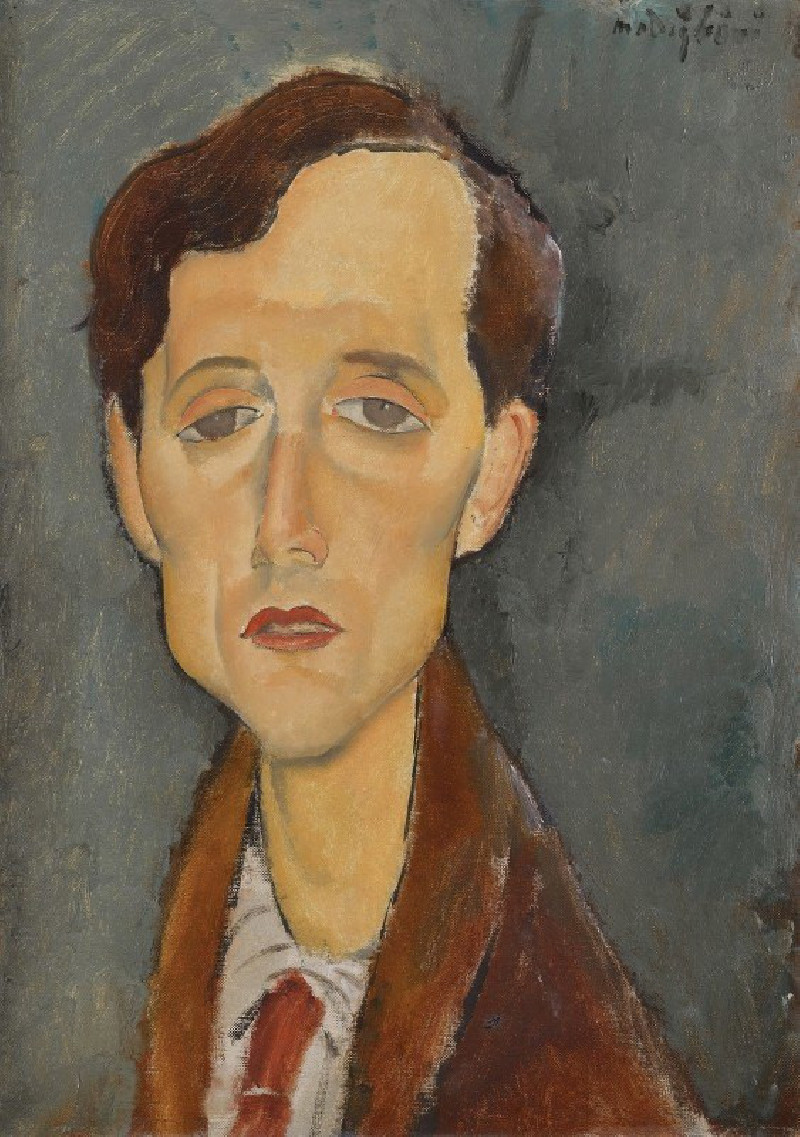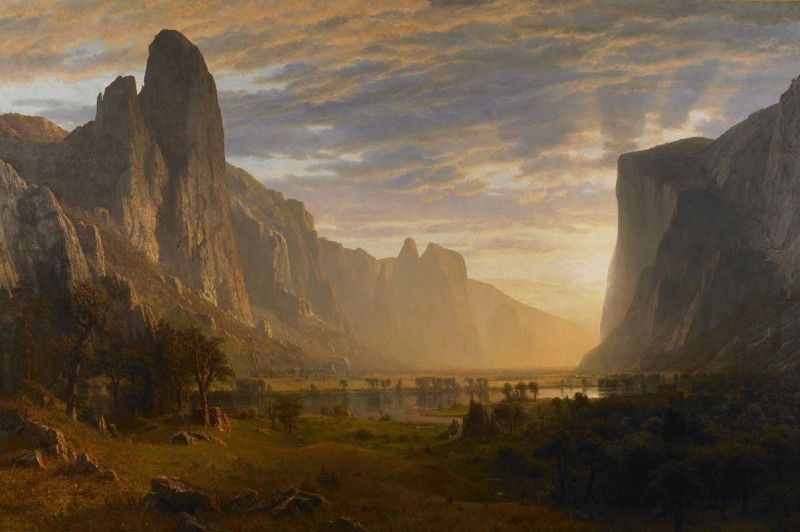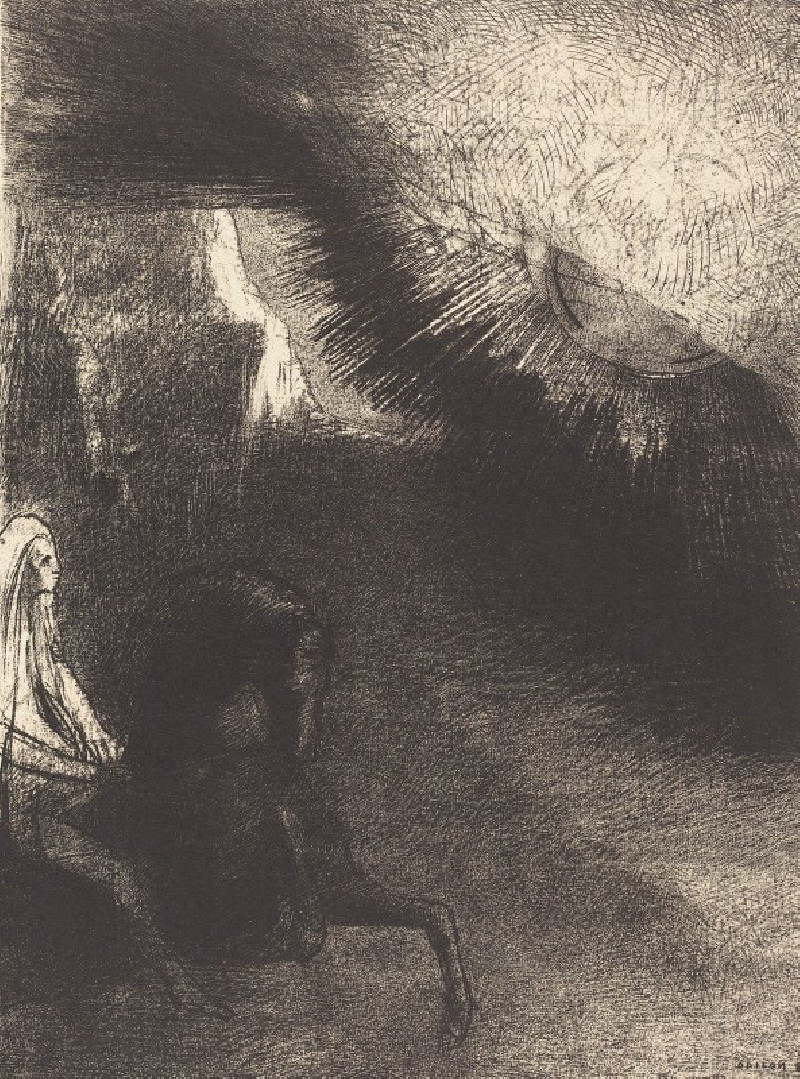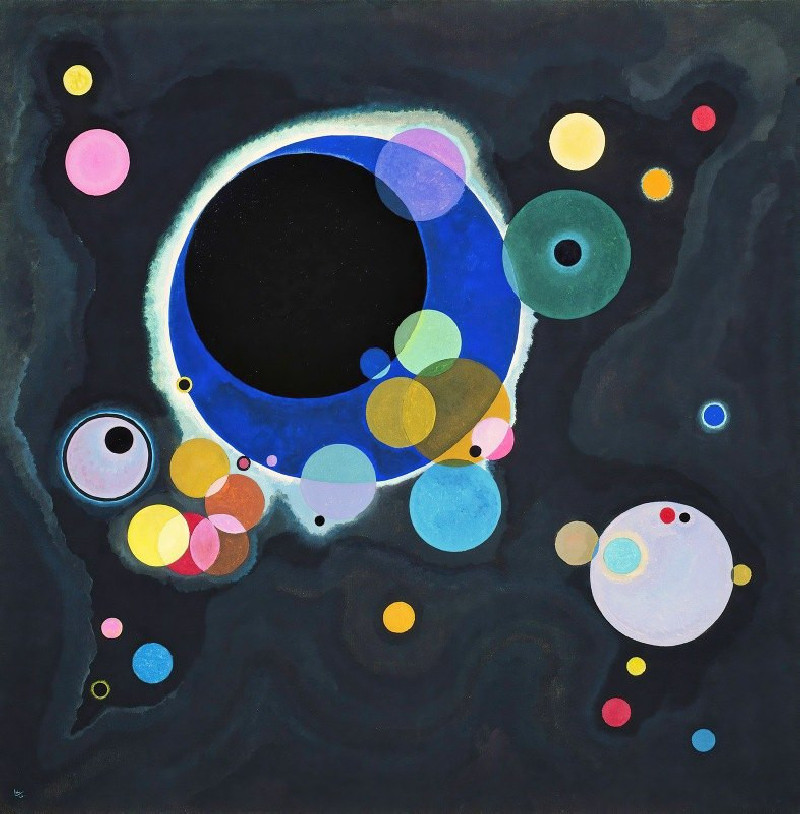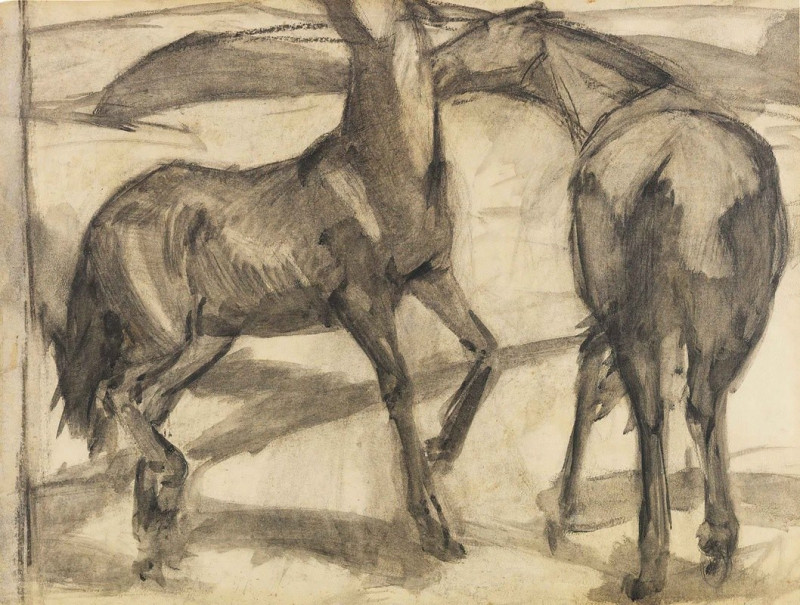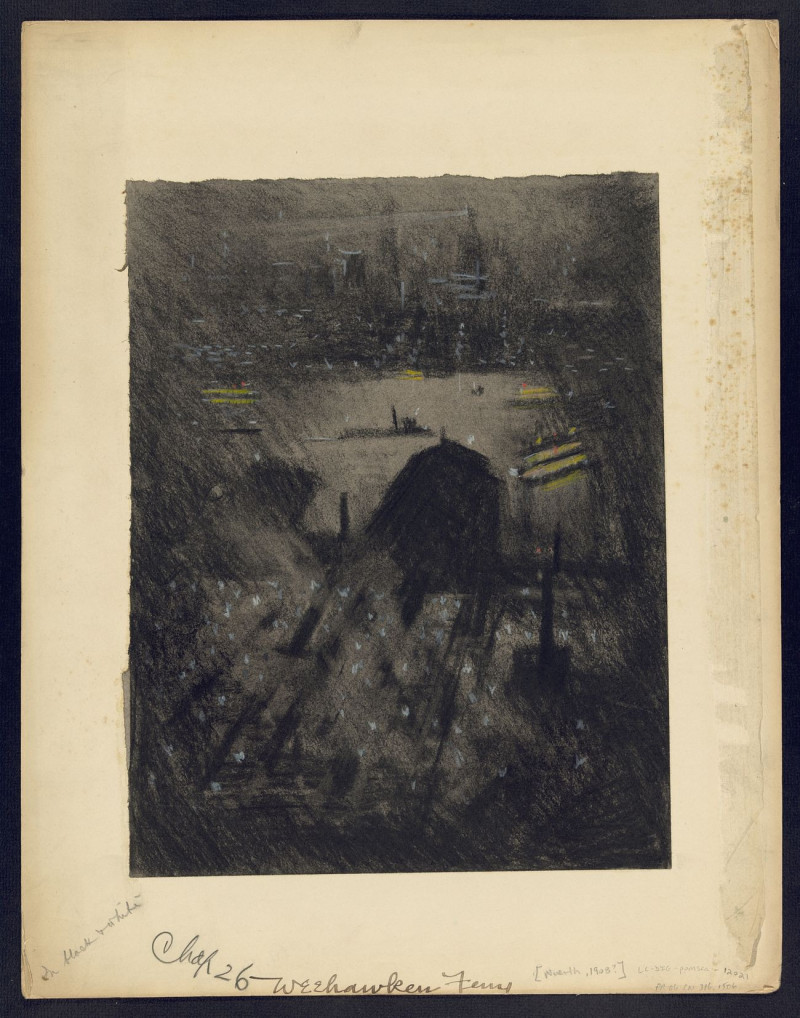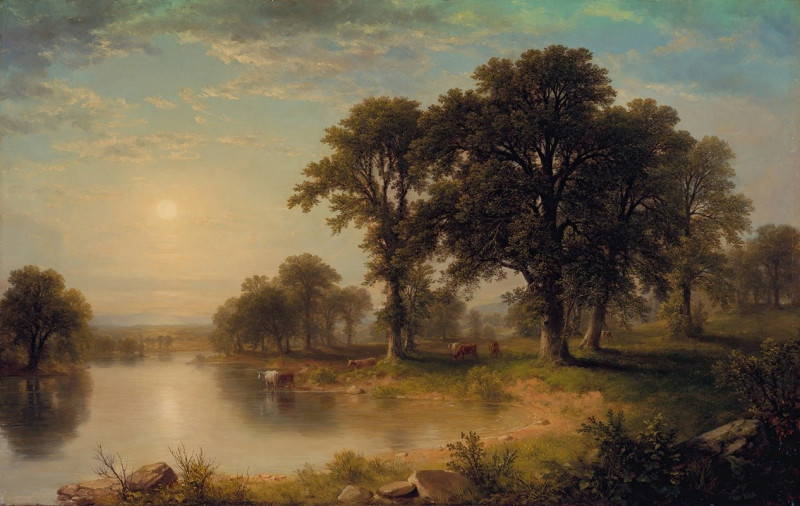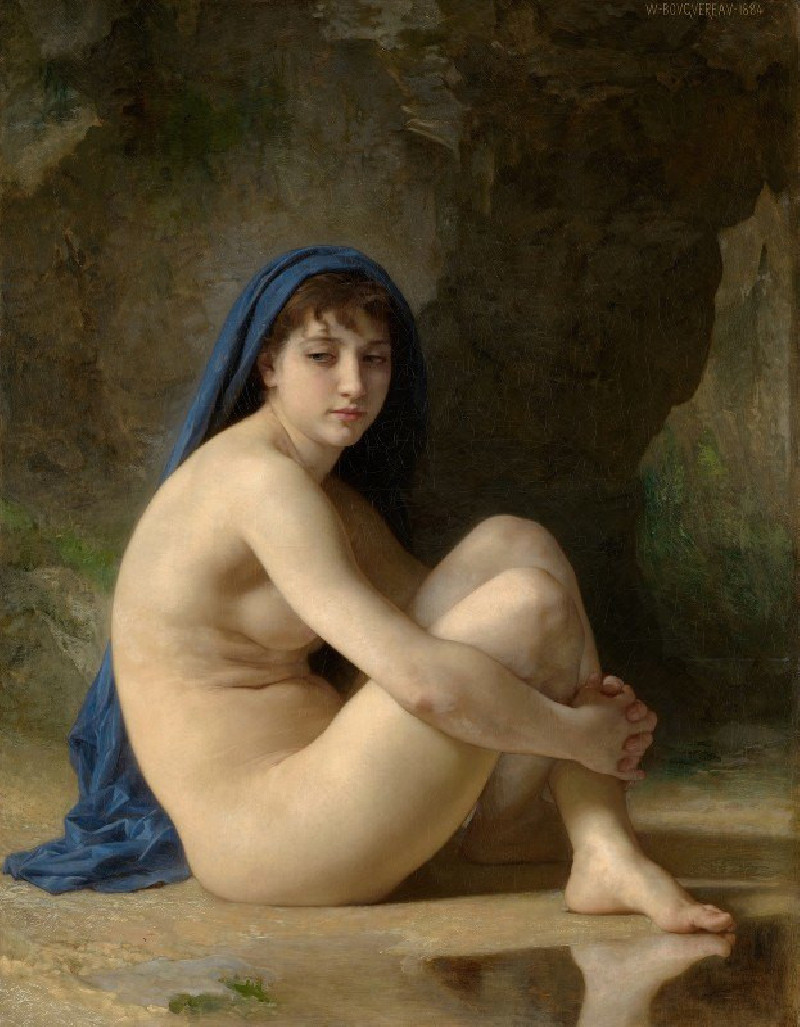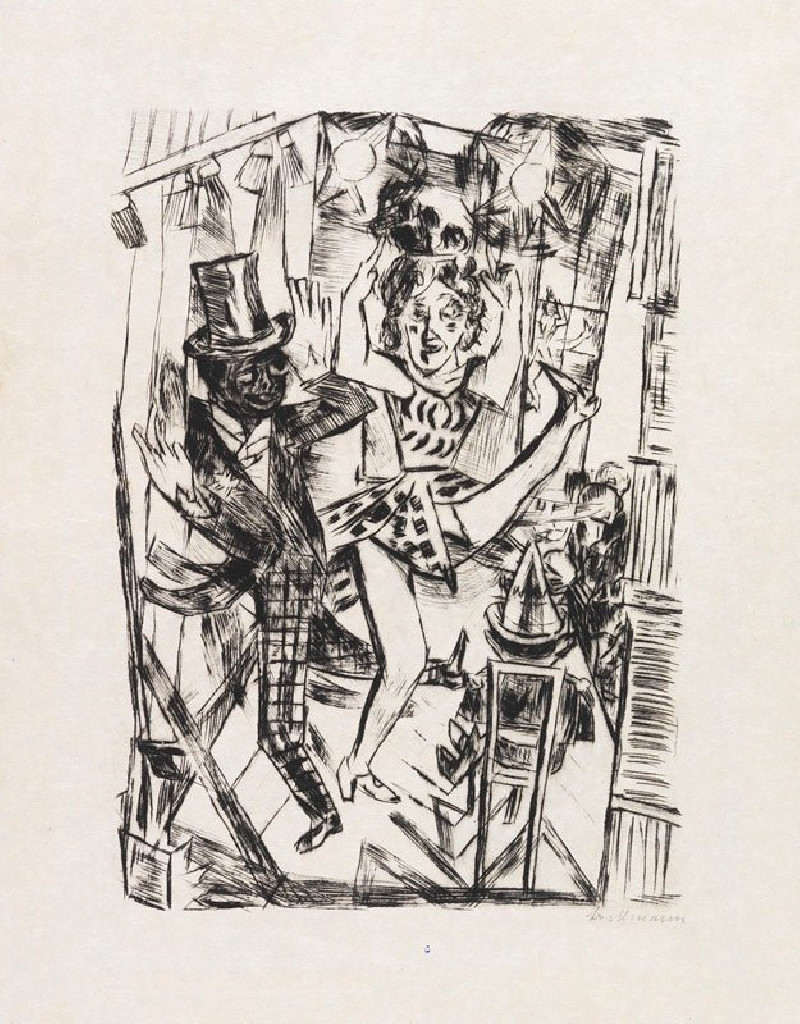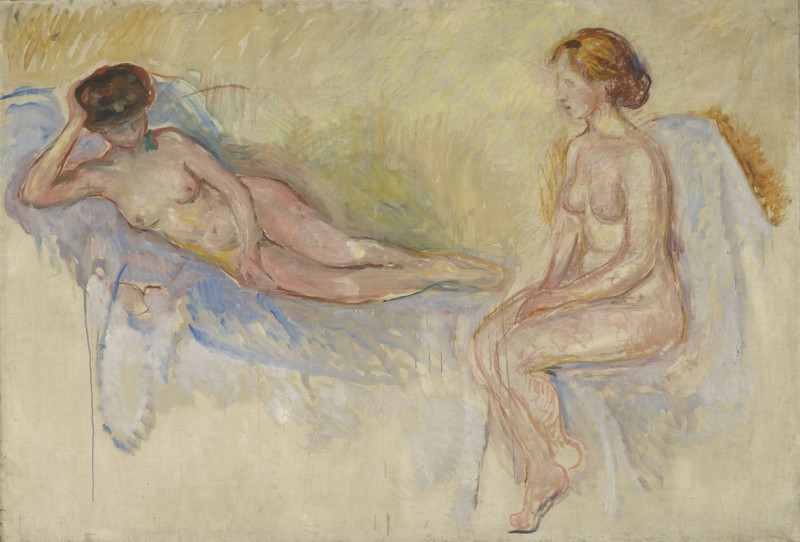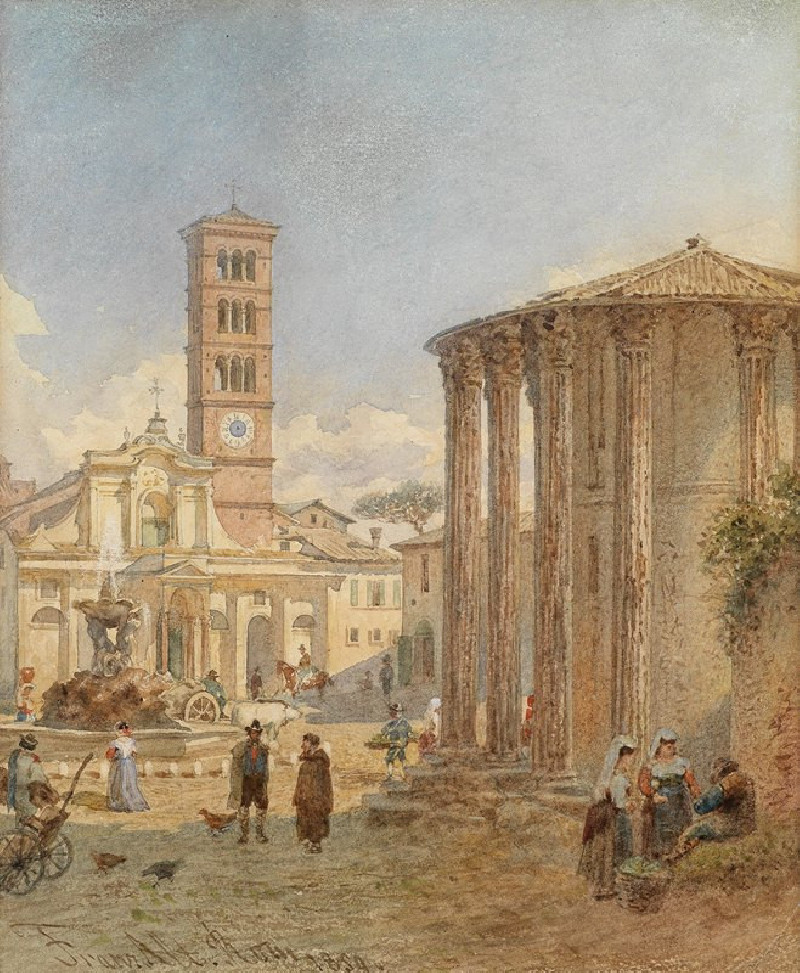La Charrue (1901)
Technique: Giclée quality print
Recommended by our customers
More about this artwork
This exquisite work by Camille Pissarro, titled "La Charrue" (The Plow), showcases the artist's poignant depiction of rural life. Created in 1901, this painting reflects Pissarro’s interest in the lives of peasants and his dedication to portraying the natural and human landscapes with sincerity and empathy.In "La Charrue," the focus is set on a pastoral scene where three peasants, probably farm laborers, are captured in the midst of plowing a field. One figure guides the plow itself, harnessed to a robust pair of oxen that dominate the foreground. The laborers, adorned in traditional peasant wear with vividly colored headscarves, lend a touch of humanity and realism to the scene.The artist employs a vibrant yet earthy palette, with red and white tones accentuating the figures, contrasted by the soft subdued blues and greens of the expansive sky and distant landscape. This invites viewers to feel the physical exertion depicted and appreciate the vast, open spaces that characterize rural environments.Pissarro's technique, with its dynamic strokes and layered texturing, captures not just the physical action but also the atmosphere of a day spent tilling the soil. There is a rhythmic harmony in how the figures work in sync with the animals, emphasizing the interconnectedness of human and nature."La Charrue" is a testament to Pissarro’s dedication to social realism and his profound connection with the working class. It serves as a vivid historical document, as well as a piece of artistic heritage that communicates the timeless story of man’s relationship with land and labor.
Delivery
Returns
Blessed are they who see beautiful things in humble places where other people see nothing. — Camille Pissarro
Camille Pissarro (1830-1903) was born on St.Thomas (now the US Virgin Islands) to a Portuguese father and a Dominican mother. He went to Paris to study art at Ecole des Beaux-Arts. He was an early pioneer of pointillism and neo-impressionism and later became a mentor of many famous impressionist painters including Cezanne, Manet, Renoir, and Gauguin. His paintings depicted rural and urban French landscapes and lifestyle. Many of his works politically captured images of peasants and laborers. Today, he is considered the father of impressionism.

